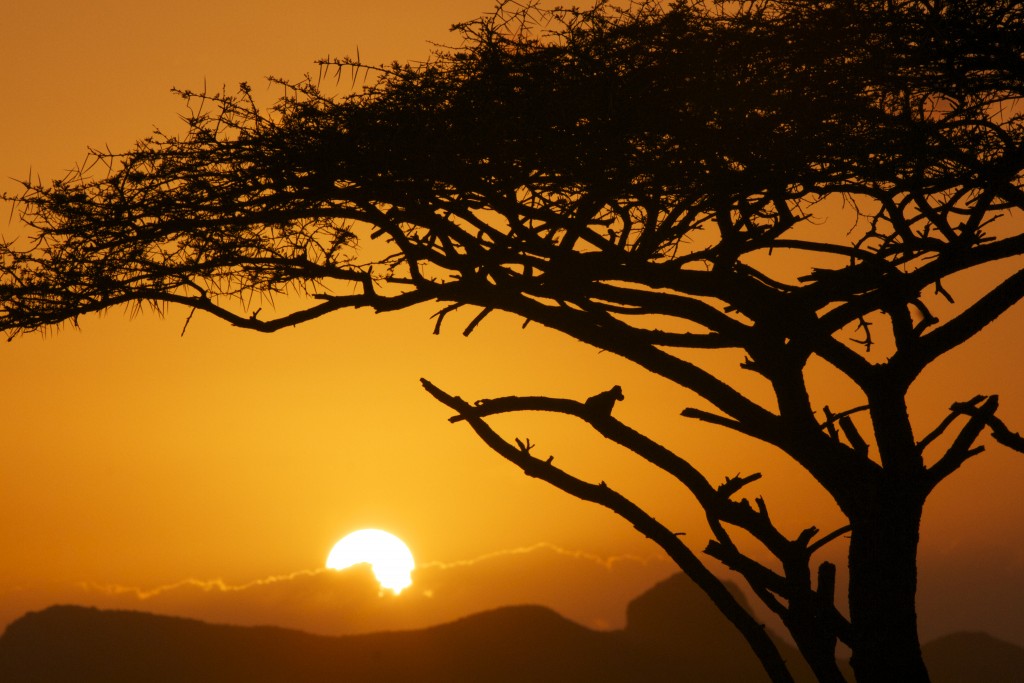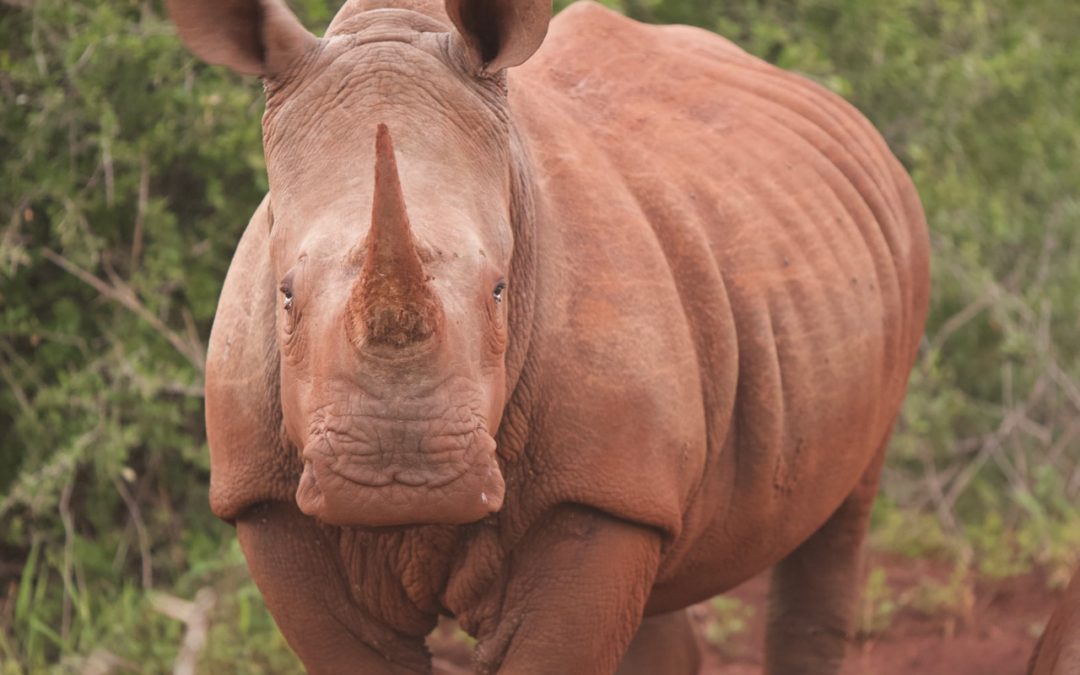 While on safari with the Wildlife Act in Mkuze, South Africa I went in search of the endangered black rhino. There are less than 3,600 of them left in the world. That’s a stunningly low number considering that in the 1960’s there were over 70,000 of them. Unfortunately their horn has become a valued commodity for the poaching market.
While on safari with the Wildlife Act in Mkuze, South Africa I went in search of the endangered black rhino. There are less than 3,600 of them left in the world. That’s a stunningly low number considering that in the 1960’s there were over 70,000 of them. Unfortunately their horn has become a valued commodity for the poaching market.
 At first glance it is difficult to distinguish the white rhino from the black. The easiest way to distinguish the two is by the lip. The black rhino has a hooked lip, which is a bit pointier than the white rhino that has a more square lip that allows them to graze on grass. The pointed lip allows the Black rhino to browse off the trees.
At first glance it is difficult to distinguish the white rhino from the black. The easiest way to distinguish the two is by the lip. The black rhino has a hooked lip, which is a bit pointier than the white rhino that has a more square lip that allows them to graze on grass. The pointed lip allows the Black rhino to browse off the trees.
Due to the enormous poaching problem throughout Africa many of the horns are cut off the white rhino. This practice stops the poachers from killing the animal just to take the horn. Black rhino horns, unfortunately, can’t be removed. The black rhinos use their horn to bend and pull trees down to their mouth so they can eat the foliage. Without the horn, their ability to eat would be greatly diminished. This is part of the reason the caring people of The Wildlife Act spend so much time and resources patrolling the bush.
 As we traveled along the winding and bumpy two track road we arrived at an area where one these illusive giants appeared to be. Our guides, Moses and Zama, have been studying and tracking black rhinos for years and dedicate their lives and well being to protecting these animals. Armed with a hand held transmitter and an aluminum antenna the guides invited me to join them as we went by foot into the bush to find the rhino.
As we traveled along the winding and bumpy two track road we arrived at an area where one these illusive giants appeared to be. Our guides, Moses and Zama, have been studying and tracking black rhinos for years and dedicate their lives and well being to protecting these animals. Armed with a hand held transmitter and an aluminum antenna the guides invited me to join them as we went by foot into the bush to find the rhino.
I was taken a bit back when Sama, upon entering the tree line, stooped down and picked up a rock the size of a baseball. I asked what the rock was for. He smiled and casually said, “to throw at rhino”. At well over a ton I lacked confidence that a rock would keep a charging rhino at bay.
The two guides took diverging paths and I followed Moses. Moses and I took a rocky route up the side of a mountain. The morning light had a beautiful glow as we crept through the tall grass and acacia trees. The scene was beautiful, as Moses and I moved along the mountainside. I couldn’t help but notice a small walking stick with a large knot on the end. I learned earlier that this stick was for fending off snakes. In this case, however, my mind would only picture his stick a staff. It was then it struck me. I was walking along a mountain with Moses as he totes a staff. The scene was biblical. How blessed I was to be there basking in the moment.
 Over the course of the next few hours we stalked the illusive black rhino, but to no avail. It was amazing that, even with the size of the animal, it was able to move silently through the bush and stay one step ahead of us the entire time.
Over the course of the next few hours we stalked the illusive black rhino, but to no avail. It was amazing that, even with the size of the animal, it was able to move silently through the bush and stay one step ahead of us the entire time.
When we eventually returned to the vehicle I was drenched with sweat after our 2-mile trek up the mountain and back. Moses and Sama, however, showed none the worse for wear, as it appeared they had been sitting in an air-conditioned room for the last few hours. More often than not, their treks through the bush end up in this fashion. These fearless gentlemen, armed with only a couple rocks, a stick and their knowledge, perform this act multiple times a day in order to protect the black rhino from extinction. It is a testament to their dedication. Let’s just all pray that their efforts pay larger dividends than that of the poachers.
By: Byron Goggin, Photojournalist

